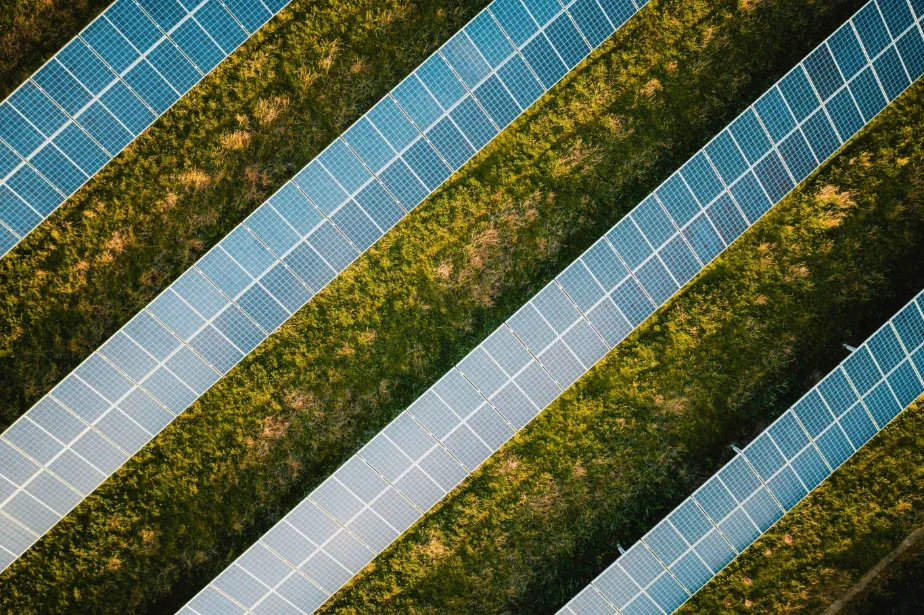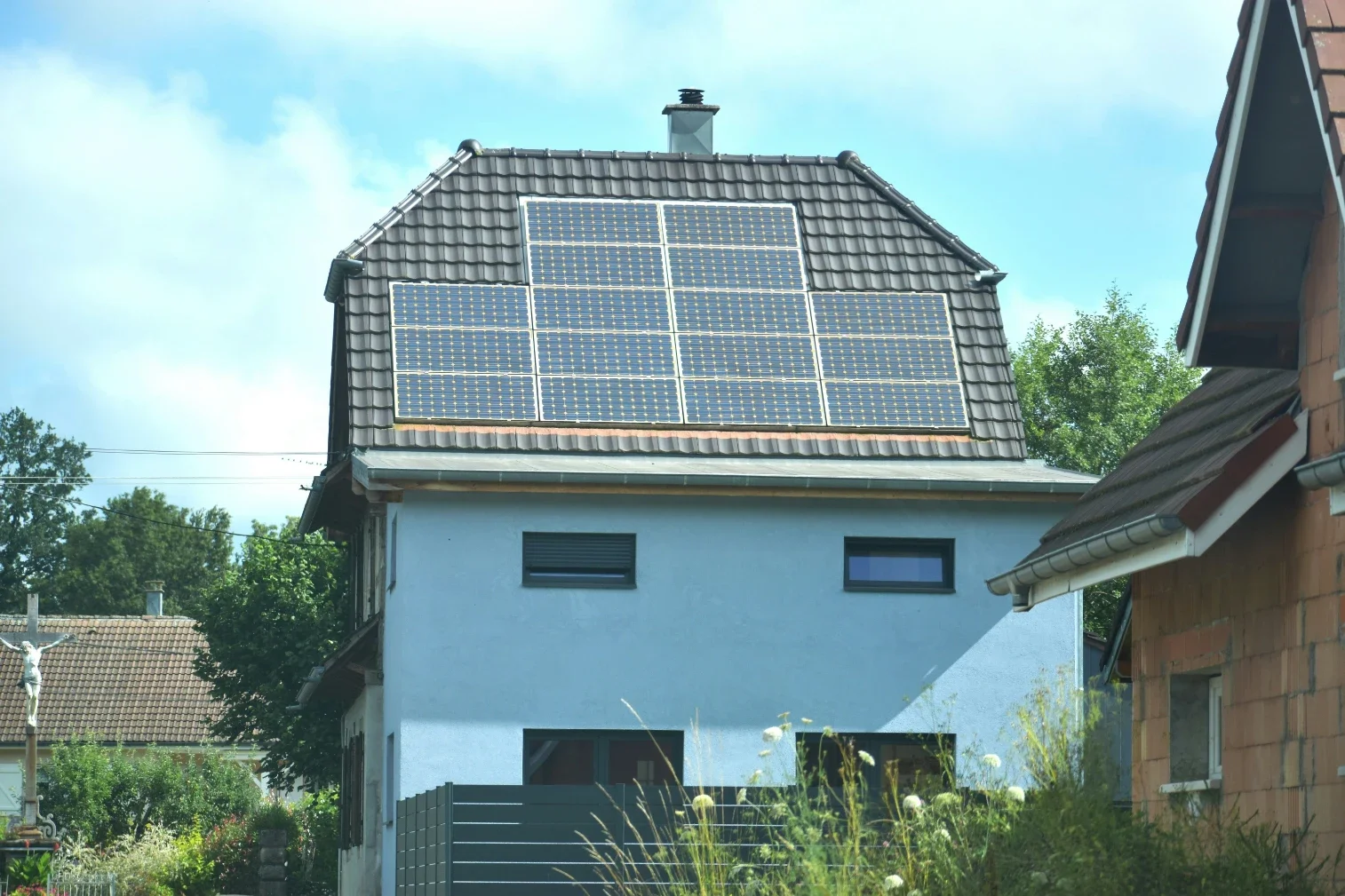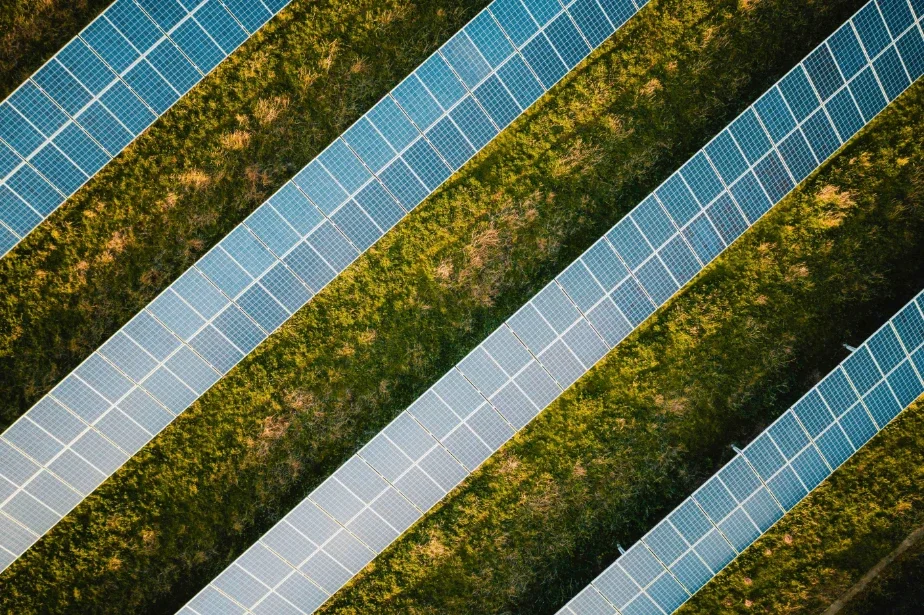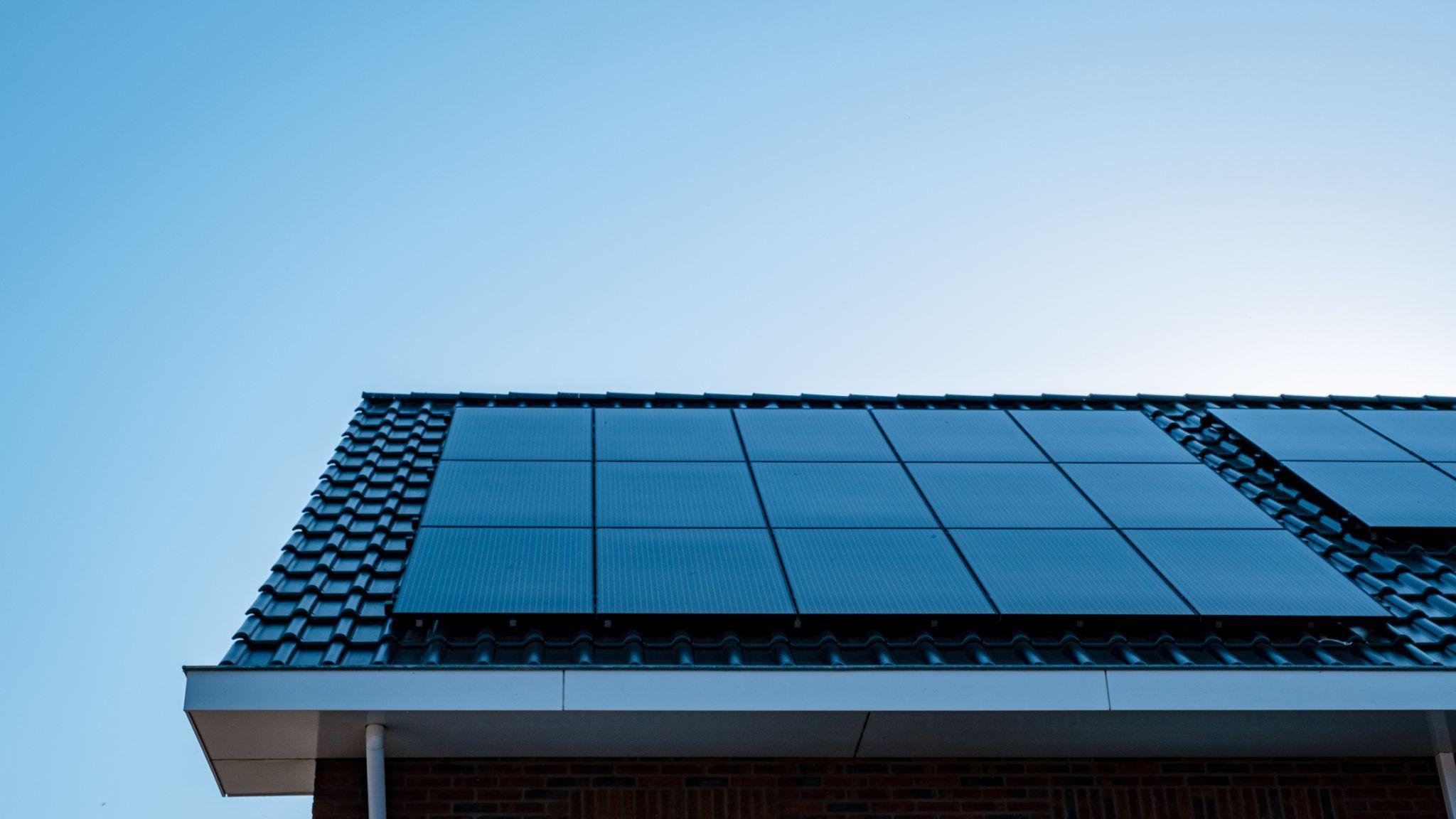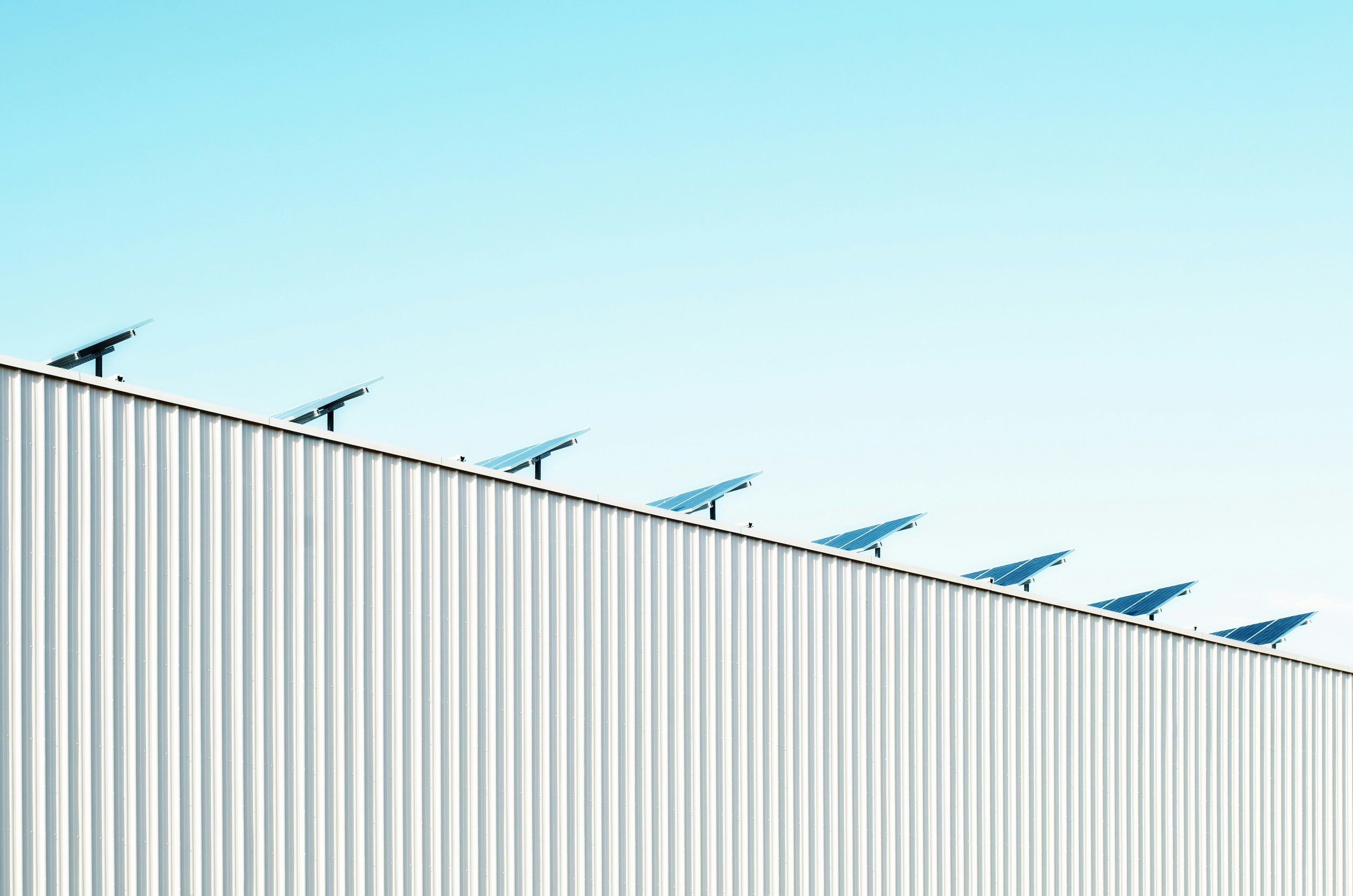Harnessing Solar Power: The Next Big Breakthrough in Farming
Explore how harnessing solar power is driving the next big breakthrough in farming by cutting costs, boosting efficiency, and supporting sustainability.
Why Energy Costs Matter for Farmers
Farming is one of the most energy-hungry industries in the world. Tractors burn diesel all day. Pumps pull water for irrigation. Grain dryers run for hours in harvest season. The U.S. Department of Agriculture reports that American farms consume more than 800 trillion BTUs of energy every year. Nearly 80% of that energy comes from diesel and electricity.
That kind of demand comes with a heavy cost. Fuel prices swing up and down, and utility bills can crush margins. When every penny counts in agriculture, high energy use is a constant challenge. Farmers look for ways to save without cutting production.
Solar power has become one of the most promising answers.
The Shift Toward Solar
In the last decade, the number of U.S. farms using solar panels has skyrocketed. According to the USDA’s Census of Agriculture, over 133,000 farms now use renewable energy systems, and solar makes up the majority. Panels appear on barn roofs, in open fields, and even on pivot irrigation rigs.
The reason is simple. Solar systems produce steady energy at predictable costs. They cut utility bills, reduce diesel use, and add long-term value to the land. Once installed, solar panels last 25 years or more with minimal upkeep.
Farmers who once felt stuck between high costs and tight margins now see an option that pays off over time.
Lessons from the Field
This is where builders like Jesse Vierstra have stepped in. While known for homebuilding, he also worked on projects that connected solar energy to farming. He saw firsthand how energy costs strained farm operations. “One farmer told me his irrigation pumps ran 16 hours a day in the summer,” he explained. “The power bill was more than his mortgage. When we put in solar, he cut that bill almost in half during peak months.”
That kind of direct impact shows why adoption is growing. Farmers don’t just want new tech. They want relief they can measure on the bottom line.
Benefits Beyond Bills
Solar energy in agriculture does more than cut costs. It builds resilience.
Stable pricing: Farmers shield themselves from fuel price spikes.
Extra income: Some states allow farms to sell unused solar energy back to the grid.
Sustainability: Lower emissions mean less environmental impact.
Land value: Property with renewable energy systems often carries higher value.
The National Renewable Energy Laboratory found that farms can save $20,000 to $40,000 in energy costs over 20 years with solar. That’s money that can go back into equipment, seed, or labor.
Obstacles to Overcome
Solar for farms is not without challenges. Installation costs can still be high. Federal incentives and state programs help, but financing remains a hurdle. Not every farm has land or roof space in the right location for panels. Grid connections can also be slow, especially in rural areas.
Jesse pointed to one example. “A grower wanted panels on his barn, but the utility company took over a year to approve the hookup. By the time it was ready, he had already paid another season of sky-high bills.” Delays like that test patience and make it harder for small farms to commit.
Still, more options are appearing. Leasing models, cooperative solar projects, and farm-friendly loan programs are lowering the barriers.
Actionable Steps for Farmers
Farmers considering solar don’t need to jump in blind. Here are steps to take:
1. Start with an Energy Audit
Know your actual energy use. Track which machines, pumps, or systems eat the most. Utilities often offer free or low-cost audits.
2. Check Incentives
Look into the USDA’s Rural Energy for America Program (REAP). It provides grants and loan guarantees for renewable energy. Many states also offer tax credits.
3. Size the System Smartly
Don’t guess. Work with a provider to size the system based on real use, not rough estimates. Oversized systems add cost. Undersized systems miss savings.
4. Think Hybrid
Solar doesn’t have to replace diesel or grid power completely. Even a partial system can reduce bills by 20–40%. Some farmers start small and expand later.
5. Explore Co-Ops
If the farm doesn’t have the space or capital, solar cooperatives allow multiple farmers to share a system. This spreads costs and benefits.
6. Plan for Maintenance
Panels need to stay clear of dust and debris to stay efficient. Assign regular cleaning, especially in dry or dusty regions.
The Future of Farming with Solar
The future looks bright for solar in agriculture—literally. Panels are getting cheaper and more efficient. Battery storage technology is improving, letting farmers store energy for cloudy days or night use.
Some farms are even experimenting with “agrivoltaics,” where crops grow under solar panels. Early studies show that shade-tolerant plants thrive in these systems, and panels stay cooler, which makes them more efficient. It’s a win-win.
The global trend points the same way. The International Renewable Energy Agency estimates that solar capacity worldwide could grow three times by 2030. Agriculture will be part of that growth.
Practical Advice for Communities
It’s not only farmers who can take action. Communities that depend on agriculture can support the shift. Local governments can streamline permit approvals. Utility companies can speed up grid connections. Community leaders can encourage co-op projects that help small farms gain access.
For everyday people, supporting local farms that invest in clean energy is one way to make an impact. Buying produce from farms that run on solar power helps keep those systems sustainable.
Closing Thoughts
Jesse Vierstra believes farming can be both profitable and forward-looking. His work linking solar to agriculture shows how big ideas can solve everyday problems. “Farmers don’t want lectures,” he said after a project in Idaho. “They want tools that make life easier and bills smaller. Solar can do that.”
The future of farming is tied to energy. By harnessing the sun, farms gain stability, communities gain cleaner power, and everyone benefits from a stronger food system.
The path forward is clear: invest, adapt, and keep building for the next generation.
